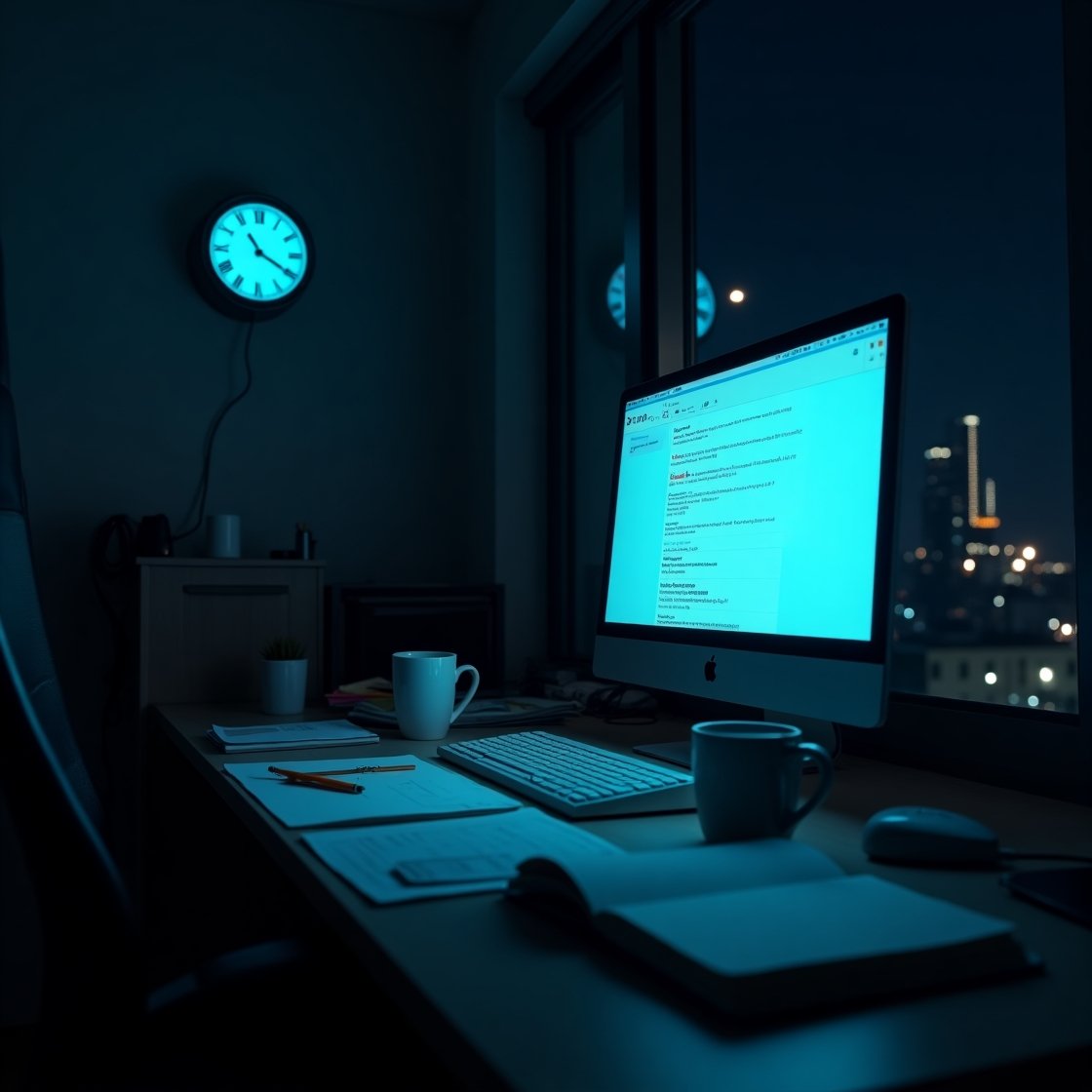A dark-themed infographic titled "What Accommodations Actually Do." At the center is a circular diagram divided into four segments, each with an icon and a label. Starting from the top and moving clockwise:
"Remove unnecessary barriers" with the subtext "Address structural obstacles" and an icon of a hurdle.
"Provide equal opportunity" with the subtext "Not an unfair advantage" and an icon of a person.
"Give a fighting chance" with the subtext "Fair shot at success" and an icon of dice.
"Level the playing field" with the subtext "Create equitable conditions" and an icon of balanced scales.
I remember the hours I poured into LSAT prep—practice exams, flashcards, the quiet resolve of Saturday mornings spent chasing a dream. I took the test twice, both times with extended time, not because I wanted an edge, but because I needed it. My disability meant I processed information differently, and those accommodations didn’t make the test easier—they made it possible.
So when I read recent pieces by Jillian Lederman in The Wall Street Journal and Dennis Beaver in Kiplinger suggesting that disability accommodations are being widely abused in law schools, I wasn’t just disappointed. I was angry.
Lederman’s article asks readers to consider whether the rise in accommodations reflects dishonesty rather than need. Beaver goes further, labeling it a “dirty, well-kept secret” that some students are “dishonor students” gaming the system. That rhetoric isn’t just damaging—it’s dangerous.
Yes, fraud exists. But “1 in 4 adults may exaggerate ADHD symptoms” ≠ everyone is cheating. That kind of math erases real people—people like me—who need accommodations just to compete on equal footing.
According to Lederman, over a third of Pepperdine Caruso Law students now receive accommodations. Instead of asking why more students are seeking support, these articles cast suspicion. One Pepperdine student who circulated a petition was accused of bullying for questioning the process, highlighting just how fraught this conversation has become.
I’ve lived that tension. I’ve had professors doubt me. I’ve heard administrators say accommodations like colored charts “compromised academic standards.” And I’ve watched students and professionals with legitimate needs stop asking—because the process of justifying your existence is too exhausting.
Here’s the truth: 1 in 5 Americans has a disability. We’re finally seeing more people understand their rights. That’s not a scandal—it’s progress. But that progress is under threat when headlines frame inclusion as cheating.
In the workplace, I’ve rarely asked for “extra time” on a deadline. That's not practical in many fast-paced workplaces. I use tools—screen readers, flexible arrangements—to do the job well. Regardless of what accommodations are leveraged, they aren’t a cheat code. They’re a lifeline.
So here’s my ask:
✅ If someone says they need an accommodation—believe them.
✅ If you don’t understand—ask, don’t accuse.
And if you’ve ever had to justify your disability to someone who didn’t want to believe you—I see you.
We can’t keep mistaking access for advantage. If we want equity to mean something, it starts by choosing to believe people the first time they tell us what they need.





